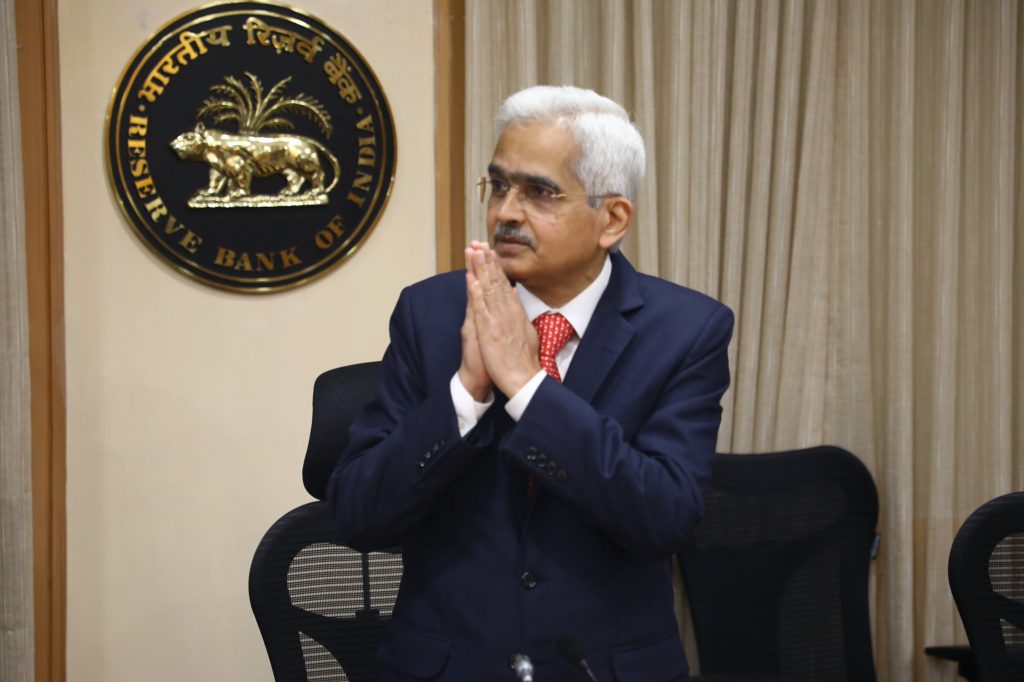Saving Indian middle class from Stagflation

Photo Credit Twitter Reserve Bank of India
EDITORIAL
In a span of one month a Rs 20 lakh home loan for 10 years duration has added an additional burden of Rs 1.50 lakh for the lower middle class sections of the society. The burden for the middle class would be correspondingly higher, double in quantum term for bank repayment liabilities.
The Reserve Bank of India (RBI) has gone for two rate hikes, of 40 basis points in May and 50 basis points on June 8, taking the effective Repo rate to 4.90 per cent. The banks have been quick to pass on the rate hikes to the customers, increasing the marginal cost of lending rates (MCLR) to match the hikes done by the RBI. So, someone who had his home loan linked to MCLR saw their rate of interest going up from 7 per cent to 7.40 per cent after the May hike in the Reo rate. After the June 8 hike, the home loan rate would subsequently may rise to 7.90 per cent.
The last two years of low interest rate would now be history, for the Reserve Bank of India is projecting inflation rate of 7.4 per cent for the July-September quarter. That would naturally mean that the RBI would keep on hiking the repo rates month after month this year.
Now, there should be no doubt that India is no more staring at the prospects of stagflation, but rather the country is already in such an economic situation.
Stagflation is indeed a situation of high interest rate and low economic growth.
The Gross Domestic Product (GDP) growth in the last quarter was 4.1 per cent, while the inflation was 5.2 per cent. The RBI is expecting the inflation to stay in the range of 5.8 percent in the January-March quarter of the current financial year. Thus, India has just begun the journey to high bank rates, which will immediately make taking loans and servicing the existing ones costlier.
Additionally, the stagflation situation is also marked by low employment generation since the cheap loan is not available to do business while the foreign capital prefers to stay away in such a situation.
Thus, the middle class has to deal with a situation where the price rise will be a norm while their sons and daughters will struggle to find jobs despite completing costlier higher education.
It’s already abundantly clear that the fuel prices have overshot the tolerance limits of the middle class, making a dent in their incomes, while the government continues to maintain a high taxation grip over the prices of petrol, diesel, LPG, PNG, CNG to gather resources to fund the pro-poor welfare schemes and populist measures to ensure that the electoral arithmetic of the incumbent dispensations are protected.
The government had opportunities in the recent few years to save India slipping into the territory of stagflation. But the populist economic policies while ignoring state investments in areas to scale up capacities and skills made the country fritter away the post-pandemic shift of balance in the global supply chain as the China plus gains are going largely to the South-east Asian countries.






